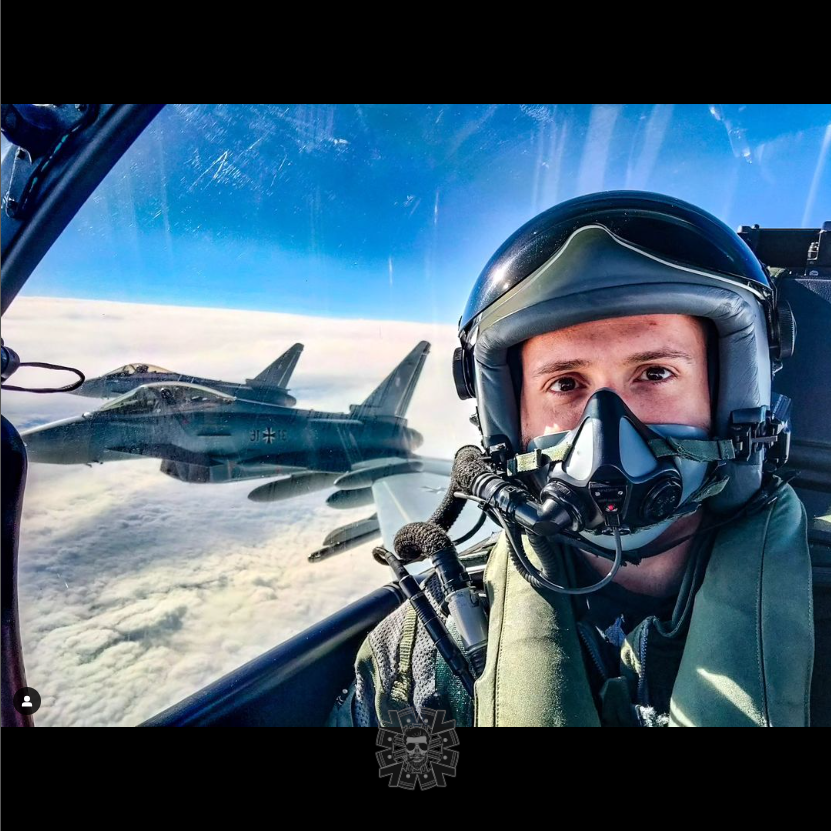"Brothers in Arms"
Gerald GroßShare
Why do fighter jets operate in formations? If we are observed from the ground, flying close together is quickly confused with an ongoing battle - this impression is certainly influenced by Hollywood and yet is not completely wrong.
Until shortly after the Second World War, battle formations were very tightly structured; the greatest threat ultimately came from short-range barreled weapons. The advent of distance-capable guided missiles stretched formations to distances of around 2km from the 1960s onwards. In modern air combat, the greatest threat comes from long-range air-to-air and surface-to-air guided missiles: attack distances of 100km and more make tight formations tactically unnecessary. But that by no means means that we act alone. Data networks and 360° sensors replace visual contact: today the wingmen provide support from distances in the double-digit km range. Invisible and yet always present.
So why do we still regularly see us in close proximity? In civil airspace, formations act as a unit; flying in close formation is the most space-saving way to move. It also gives the formation leader the most control over his wingmen - after all, he is in charge.
Until shortly after the Second World War, battle formations were very tightly structured; the greatest threat ultimately came from short-range barreled weapons. The advent of distance-capable guided missiles stretched formations to distances of around 2km from the 1960s onwards. In modern air combat, the greatest threat comes from long-range air-to-air and surface-to-air guided missiles: attack distances of 100km and more make tight formations tactically unnecessary. But that by no means means that we act alone. Data networks and 360° sensors replace visual contact: today the wingmen provide support from distances in the double-digit km range. Invisible and yet always present.
So why do we still regularly see us in close proximity? In civil airspace, formations act as a unit; flying in close formation is the most space-saving way to move. It also gives the formation leader the most control over his wingmen - after all, he is in charge.

